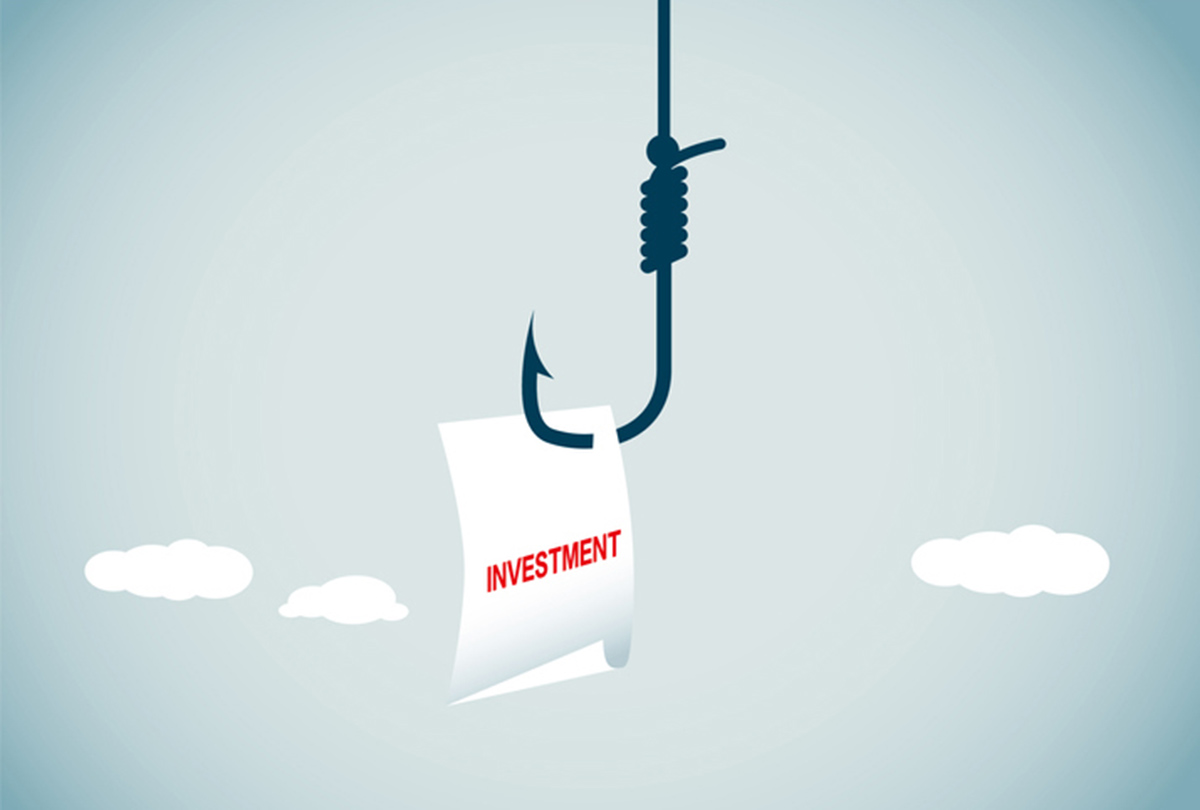Types of Investment Scams

Many modern-day scams have the hallmarks of classic frauds, but with a new twist. Check out this list of common and more recent investment scams to learn the key warning signs and understand how fraudsters work.
